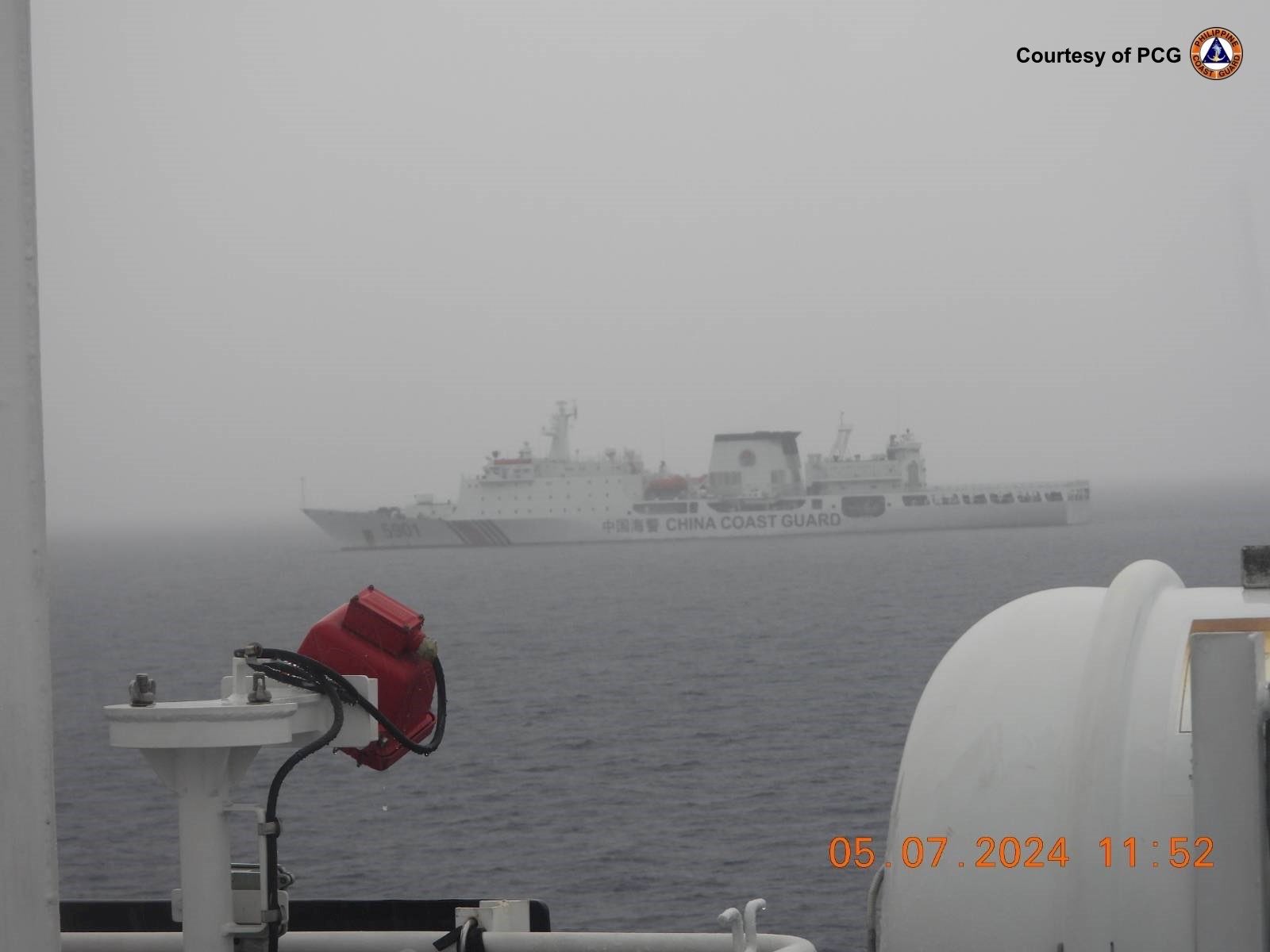The US Air Force (USAF) plans to retire its older F-22 Raptors in 2024, deeming upgrades too costly. However, Israel, a key ally, might find value in acquiring these fifth-generation fighter jets despite upgrade expenses surpassing $2 billion.
Unlike the widely exported F-35, the F-22 has only been operated by the US due to a 1990s Congressional ban aimed at preventing its advanced stealth technology from reaching adversaries like Russia and China.
Former President Donald Trump once considered selling the F-22 to Israel to maintain its military edge, especially after agreeing to sell F-35s to the UAE. With the USAF seeking to redirect funds from retiring Block 20 F-22s to new projects like hypersonic missile development and the Next Generation Air Dominance (NGAD) fighter, 32 out of 185 F-22s are set for storage. Despite operational costs of $485 million annually, experts argue that transferring these aircraft to Israel would bolster US allies against threats from Iran, Russia, and China.
National security analyst Brandon J. Weichert suggests that selling F-22s to Israel could help reopen production lines, reduce costs, and sustain the jet's long-term viability. The F-22, although not designed for export, offers unparalleled capabilities, as demonstrated in exercises like Northern Edge 2006, where it achieved a 108-to-zero kill ratio against top fighter jets.
Developed under the Advanced Tactical Fighter (ATF) program, the F-22 Raptor is a single-seat, twin-engine stealth fighter with superior air-to-air and ground attack capabilities. Despite its high cost and certain limitations, such as a relatively short range and small weapons magazine, the F-22 remains a formidable asset. The USAF originally planned to procure 750 units but scaled down to 187 by 2009, with the last delivery in 2012.
As the USAF considers the future of its F-22 fleet, transferring some of these aircraft to Israel could ensure the US remains strategically prepared with well-armed allies, particularly amid growing global tensions.

:quality(70)/cloudfront-us-east-1.images.arcpublishing.com/archetype/DKSZCZXKTNCWXIBGSAX5O5W2EE.jpg)




